Male African Dresses: Celebrating Heritage and Evolution
Male African dresses showcase a rich tapestry of culture and tradition, reflecting the diversity of the continent. Commonly, vibrant colors, intricate patterns, and symbolic motifs are employed in garments like the dashiki, agbada, and kente cloth.
These outfits not only serve as expressions of identity but also hold historical and social significance, weaving stories of heritage and pride into their fabric. The fusion of modern fashion trends with traditional styles has further contributed to the evolving and dynamic nature of male African dresses, making them a captivating blend of past and present.
Dashiki culture
The dashiki is a distinctive garment with roots in West Africa, particularly among the Yoruba people of Nigeria. It has become a symbol of African cultural pride and identity, transcending borders and being embraced by people of African descent worldwide. In addition to Nigeria, the dashiki is also associated with other West African countries like Senegal and Mali.
The dashiki is characterized by its loose-fitting, colorful fabric adorned with intricate patterns and embroidery. Traditionally worn by men, it has evolved over time to include variations for women as well. The garment often features vibrant hues and geometric designs, with each pattern carrying its own significance and meaning, such as cultural symbols or historical references.
Beyond its aesthetic appeal, the dashiki has become a powerful emblem of cultural heritage and resistance. In the context of the African diaspora, particularly in the United States, the dashiki gained popularity during the Black Power movement of the 1960s and 1970s. It was adopted as a symbol of African pride and solidarity, promoting a sense of identity and resistance against societal injustices.
Today, the dashiki continues to be worn not only as traditional attire for special occasions but also as a statement of cultural pride and a celebration of African heritage. Its influence has expanded globally, with people from diverse backgrounds appreciating and adopting this distinctive garment as a means of expressing cultural diversity and unity.
Culture that uses kente cloth
The agbada is a traditional attire with deep cultural roots, predominantly worn by men in various West African countries, including Nigeria, Senegal, Ghana, and Mali. Its origin is often associated with the Yoruba people of Nigeria, but it has become a widespread and cherished garment in many West African cultures.
The agbada is a voluminous, flowing gown characterized by wide sleeves and a generous fit. It is typically made from rich, high-quality fabrics, and its grandeur is often accentuated by elaborate embroidery and intricate designs. The garment is traditionally worn on special occasions, such as weddings, festivals, and important ceremonies.
In addition to its aesthetic appeal, the agbada holds cultural significance. It is often a symbol of affluence, prestige, and authority. The size and quality of the agbada can convey the wearer's social status and standing within the community. The attire is not only a marker of celebration but also a reflection of the wearer's identity and cultural heritage.
The agbada has evolved over time, with contemporary designs incorporating a blend of traditional and modern elements. It has also gained popularity beyond West Africa, becoming a fashion statement and cultural expression for individuals of African descent around the world.
In essence, the agbada is more than just a garment; it is a representation of West African heritage, style, and the celebration of important cultural moments.
Kente cloth
Kente cloth is deeply woven into the cultural fabric of the Akan people of Ghana, particularly the Ashanti and Ewe ethnic groups. Originating from the Ashanti kingdom, kente holds a special place in Ghanaian heritage and has transcended borders to become a symbol of African identity.
Traditionally crafted by highly skilled weavers, kente cloth is characterized by its vibrant colors and intricate geometric patterns. Each color and design carries specific meanings, often tied to proverbs, historical events, or cultural values. The cloth is typically worn by both men and women, and the style of wearing can convey various messages, such as one's social status, achievements, or the significance of an event.
Kente is not only a ceremonial garment but also an essential part of rites of passage, including weddings, naming ceremonies, and funerals. The presentation of kente cloth holds profound cultural significance, symbolizing honor, respect, and continuity of tradition. In recent times, kente has become a symbol of pan-African identity, worn by people of African descent around the world during cultural celebrations, graduations, and other important events.
The weaving process itself is considered a form of artistry and cultural expression, with weavers passing down their skills through generations. The diversity of patterns and the meticulous craftsmanship make each piece of kente cloth a unique representation of the weaver's expertise and the cultural richness it embodies.
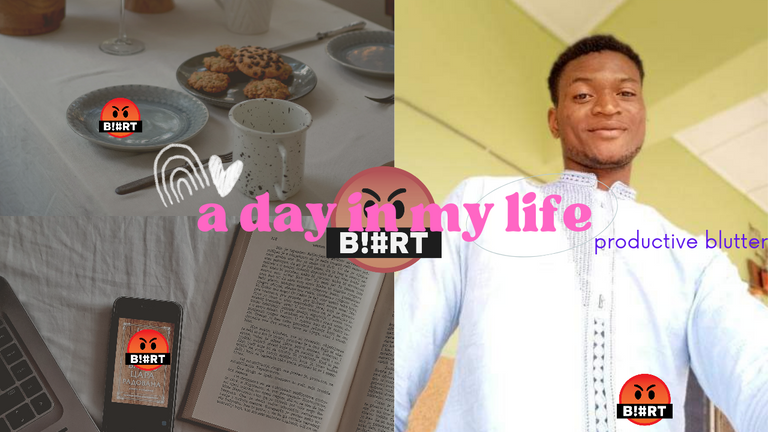
kente cloth is not just a fabric; it is a living expression of Ghanaian culture, heritage, and identity that resonates globally as a symbol of African pride and unity.
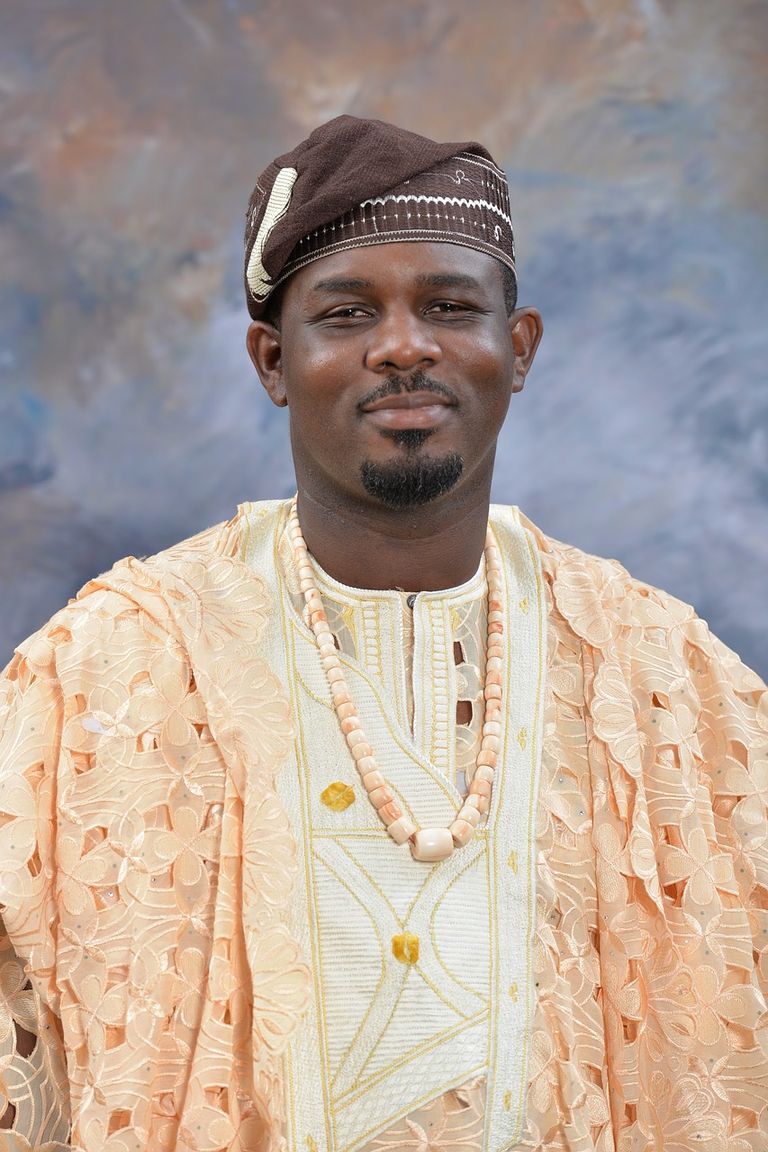
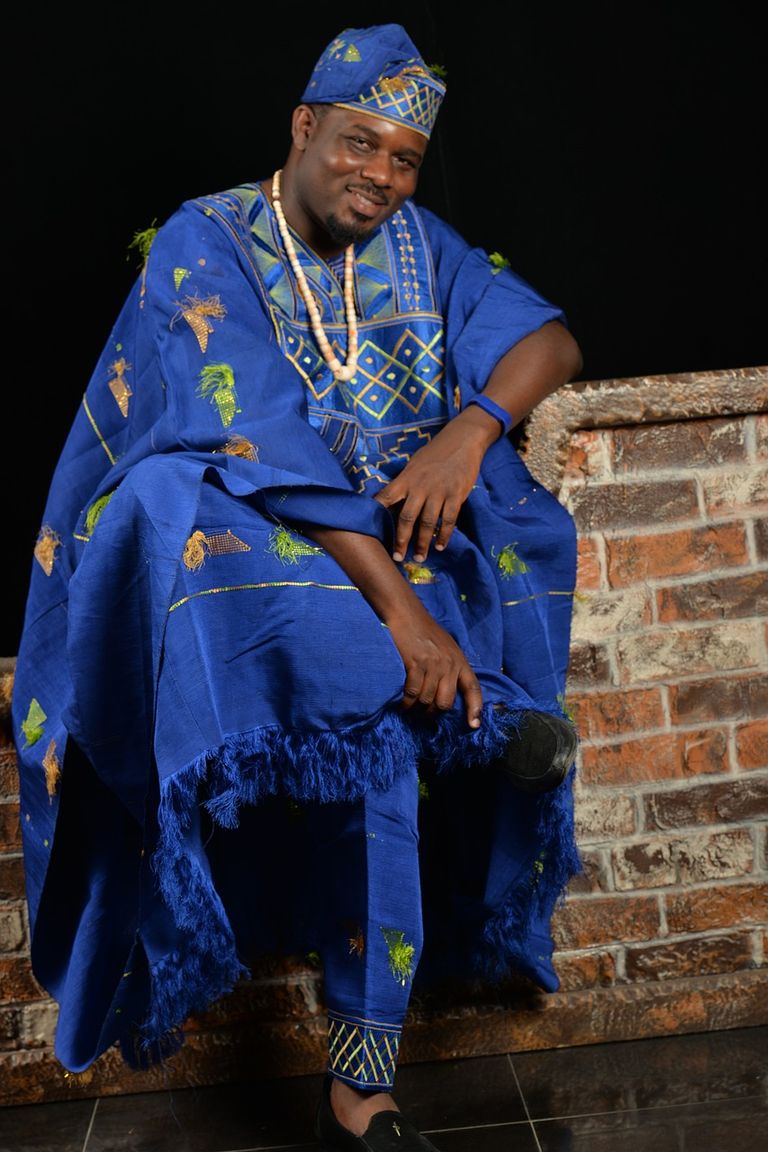
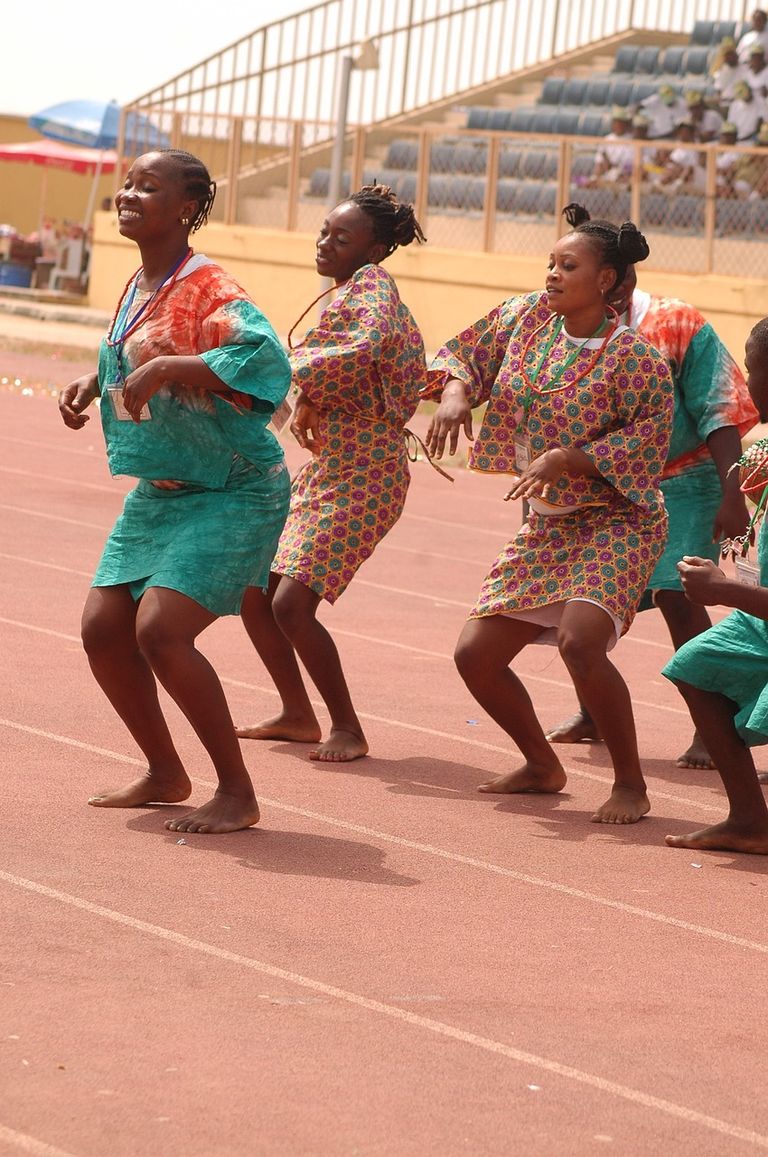
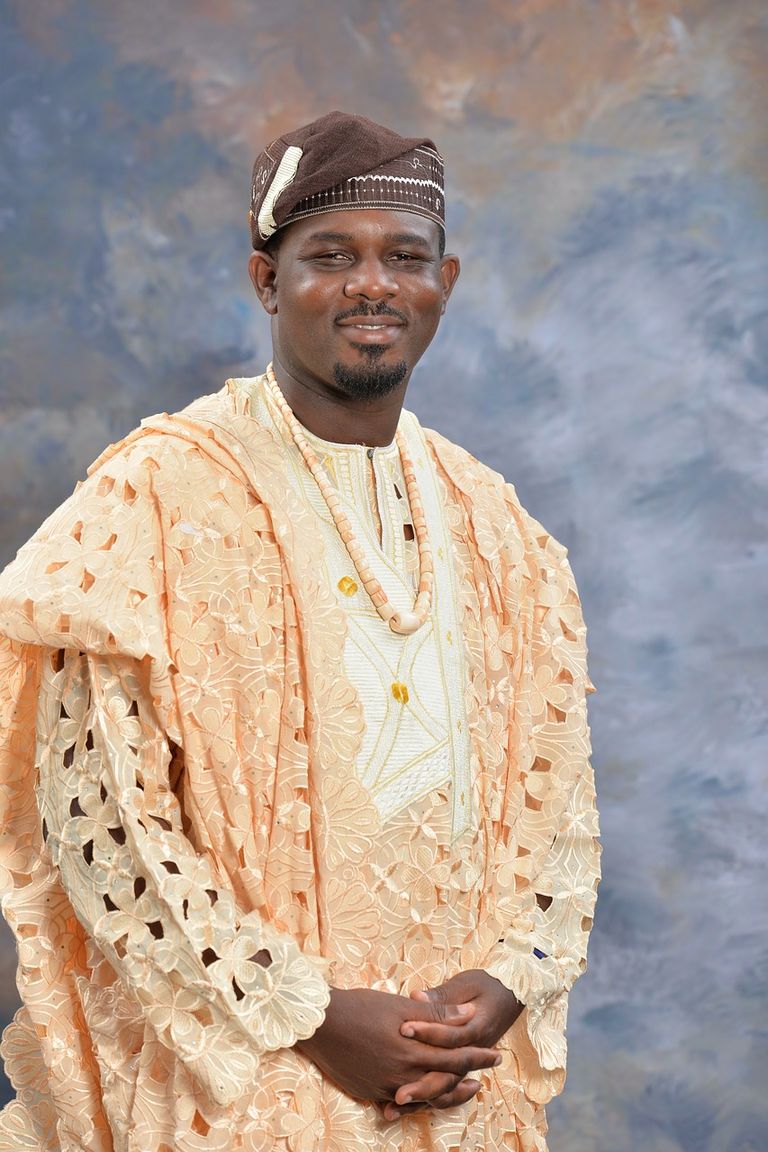
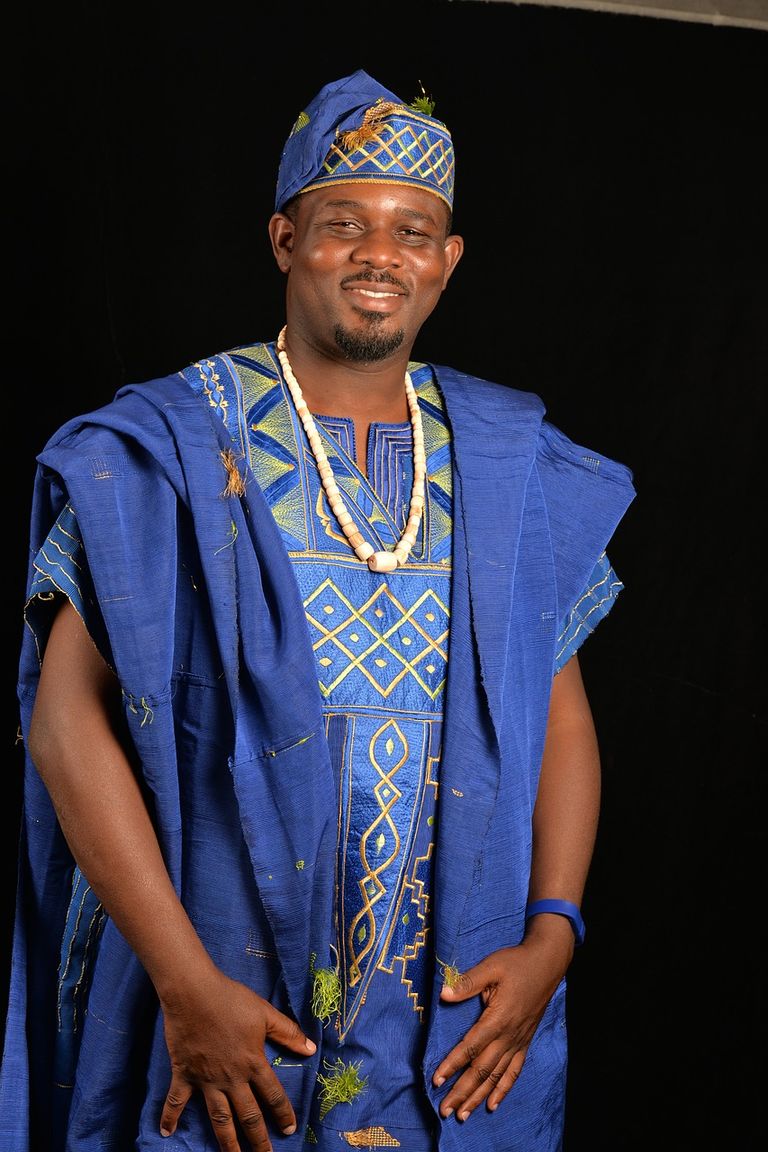
Upvoted. Thank You for sending some of your rewards to @null. Read my last posts to make sure that BLURT burning is profitable for you. Get more BLURT:
@ mariuszkarowski/how-to-get-automatic-upvote-from-my-accounts@ blurtbooster/blurt-booster-introduction-rules-and-guidelines-1699999662965@ nalexadre/blurt-nexus-creating-an-affiliate-account-1700008765859@ kryptodenno - win BLURT POWER delegation** Your post has been upvoted (12.07 %) **
Curation Trail is Open!
Join Trail Here
Delegate more BP for bigger Upvote + Daily BLURT 😉
Delegate BP Here
Upvote
https://blurtblock.herokuapp.com/blurt/upvote
Thank you 🙂 @tomoyan
Congratulations, your post has been curated by @r2cornell-curate. Also, find us on Discord
Felicitaciones, su publication ha sido votado por @r2cornell-curate. También, encuéntranos en Discord